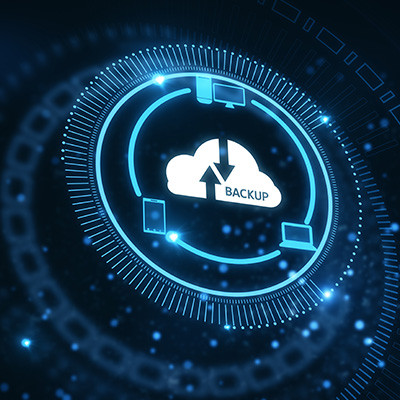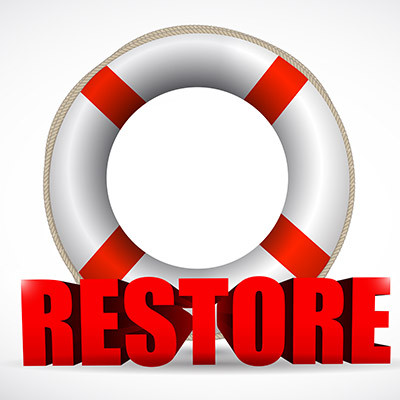Backup and Disaster Recovery (BDR) are incredibly important elements of any successful business, as without them, you’re just one disaster away from a world-shattering wake-up call. We take a strategic approach to data backup and disaster recovery that considers your daily data backup needs while recognizing its long-term benefits. Let’s discuss how you can ensure that your business can use BDR to survive any potential threat the world throws at it.
Complete Computer Solutions Blog
The modern business technology market is filled with exciting innovations, but one area that doesn't quite capture the imagination is data backup. Perhaps backup is not the most thrilling topic, but nevertheless, the growing demand for enhanced data security and redundancy in businesses is driving developers to push the boundaries of the technology, creating more advanced features to meet the growing demand for redundancy. Today, we take a look at three intriguing features of these emerging data backup solutions.
Tape backup has been used for a long time, and it was once the most prominent solution for data backup out there. Nowadays, it’s not used much at all, mostly in favor of better and more convenient solutions. However, there has been a slight resurgence in tape backup, so we want to look at why some companies might still use it, despite its flaws.
Data is the lifeblood of a business. In the event of unforeseen circumstances such as hardware failure, malware attacks, or human error, having a well-designed backup and data recovery strategy in place becomes paramount. Today, we try and guide you through the process of creating a robust backup and data recovery strategy, ensuring the safety and accessibility of your data.
We often discuss data backup and disaster recovery on our blog, and you may even be familiar with some of the terms and practices we throw around. Today, we want to take a closer look at the 3-2-1 rule and how it impacts your business’ ability to recover in the face of a disaster. Let’s dive in and see how the 3-2-1 rule can make or break your company’s data infrastructure.
A disaster can take many forms, from a raging snowstorm to deleting the wrong file. Regardless of what kind of disaster you face, you can know that it doesn’t take much to impact a business, especially if the business doesn’t have a business continuity plan in place. How does your business recover from such a devastating scenario? How can it get its data back and in proper working order? That’s what we want to tell you about today.
We often think about disasters in the context that they completely destroy the office, rendering your business incapable of operations. However, this is only part of what is encompassed by the term “disaster,” and the whole picture is far more terrifying. Any disruption to your operations can be considered a disaster in its own right, so we wanted to take some time to go over what you should look out for with your disaster planning.
Running a business is stressful, but so is thinking about a future where that business (and its data) no longer exists. If you’re not careful with your preparedness, you could stare down a disaster with no hopes of recovery. This is why we urge you to take proactive action now—so you can prevent these kinds of scenarios from taking your business off the market for good.
There are countless ways your organization could face down a disaster, whether it’s a high-profile natural disaster, a physical disaster, or a technology-related disaster. If you aren’t prepared to face the consequences, your business could falter in the face of such incidents. How can your business best prepare itself for all manners of disasters?
A good business owner envisions the future and what it could bring about. You may have already devoted a considerable amount of time to the good things that could happen, but how often do you picture the bad? If you don’t imagine the worst-case scenario, you could be putting your business’ life on the line. Are you prepared to deal with a data loss incident?
Business can be difficult when everything goes right, but when disaster strikes, serious issues arise that need to be answered fast and if you don’t have a business continuity plan in place, your business will be in peril. It doesn’t matter what you do, if circumstances decide that your business needs to shut down, having a disaster recovery policy in place as a part of a larger continuity plan, will do more than you think to save your business.
The late American author Kurt Vonnegut once wrote, “New knowledge is the most valuable commodity on earth. The more truth we have to work with, the richer we become.” Written in the 20th century, it has been put in practice by 21st century businesses. As the Internet has grown, the amount of companies expanded, and the amount of data that those companies collect has grown exponentially, especially now that there is a market for such data.












